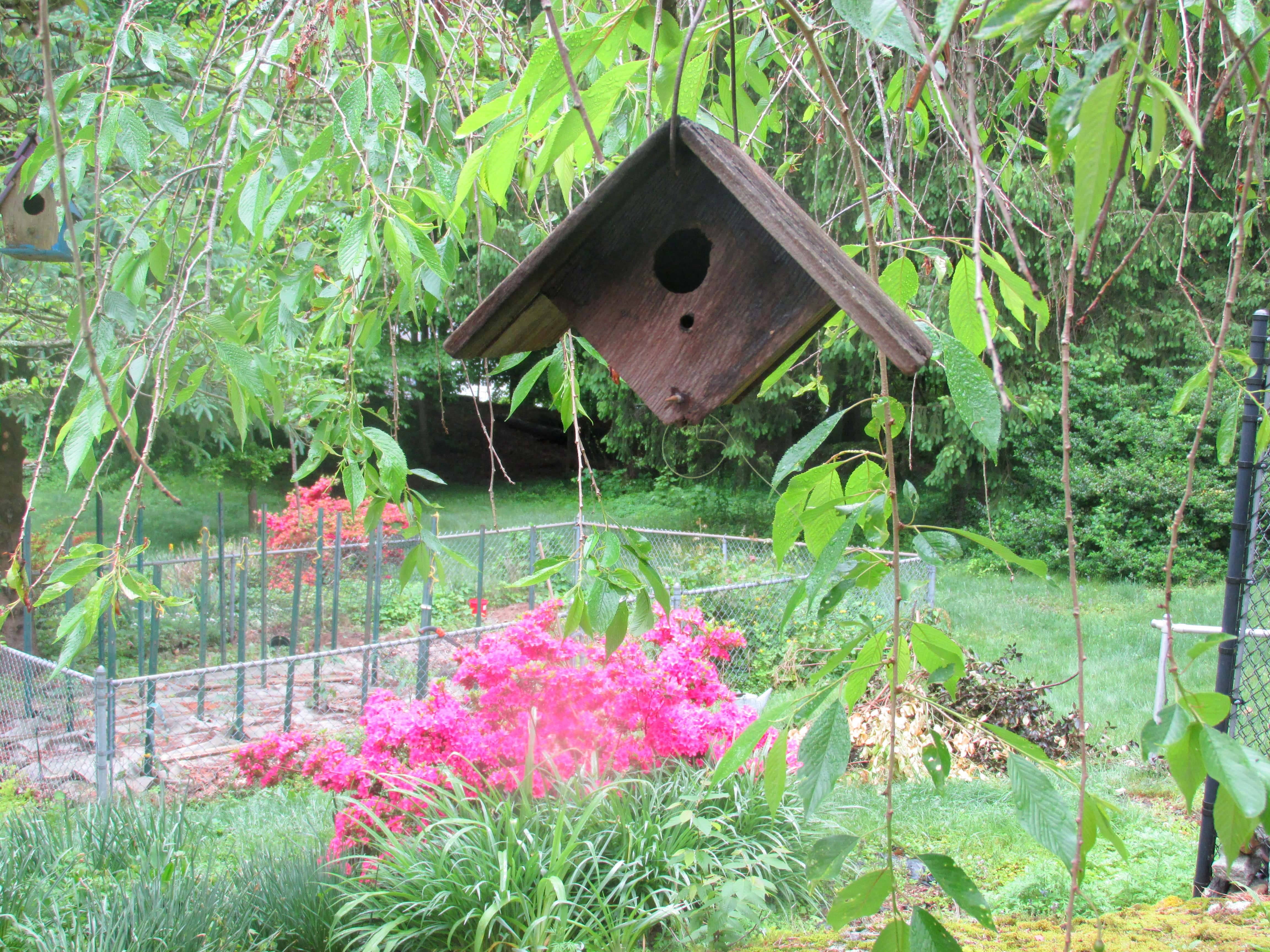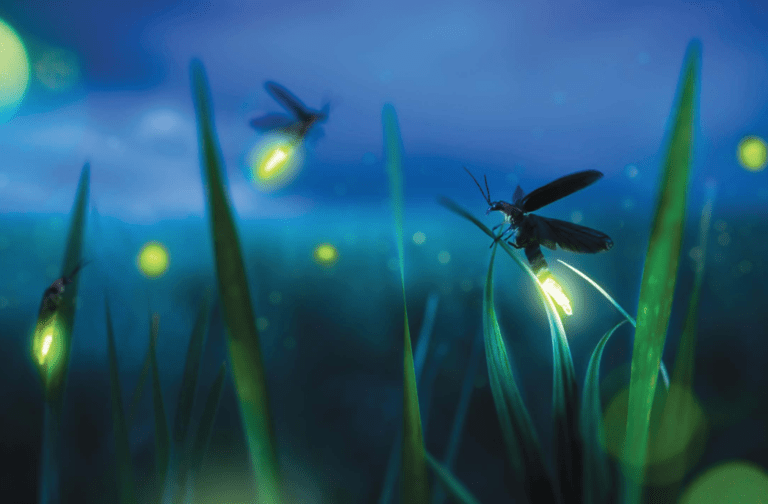
By Anne W. Semmes

In this locked down time Greenwich native Stephen Marino has been busily building nest boxes for those backyard songbirds, the house wren. It’s a craft he mastered over 40 years ago during one of those gypsy moth outbreaks. He was seeing the decimating defoliation of his giant oak trees, losing nearly all their leaves to the devouring gypsy moth caterpillars.
Yes sir, in 1981 nearly 80 percent of Connecticut’s forestland suffered a defoliation.
So, Marino, being a person who responds responsibly to a crisis – he’s a veteran of the Korean War – thought who eats gypsy moths? “Birds eat insects,” he knew. “And there were a lot of wrens around here,” he says, waving his arm about his verdant backyard in backcountry.
Marino is on record for having built 50 wren nest boxes in those outbreak years, and given them away to anyone wanting to keep their leaves, with his witness: “The wrens were eating the gypsy moth caterpillars that were eating the leaves.”
But he kept three of those wren nest boxes that are hanging about his house surely filled with wren nestlings at this writing. One box hanging in a dogwood tree he confirmed has “a new family that emptied out the nest.” He does recommend cleaning the nest out yearly for the wrens. He shows how the box has a removable panel for box cleaning.
Today, Marino has built over 30 nest boxes, and again is giving them away to bird lovers. A pile awaiting new owners sits on his patio. “The wrens begin their nesting in early May,” he says, but, “They’ll nest all through May and June until early fall, August and September.”
“The secret to this thing,” he tells of his crafting, “is its light construct.” Lifting one up to the breeze he says, “It’s almost like a violin – it resonates.”
His building supply comes from bundles of cedar shingles. “Shingles come in different widths.” He can make 45 to 50 wren nest boxes out of one bundle of cedar shingles. He’s perfected his construct to building it in five and a half minutes.
Belatedly, he’s thinking he should have a patent for his design, “Cedar Bird 09”. “To convert a shingle into a useful bird house is attractive, light weight, and very strong, and wrens like them,” he argues, “But, I’ll need endorsements.”
Perhaps Marino’s young grandson can provide an endorsement. Marino tells the story of that visiting grandson suddenly seeing from the patio four tiny wren chicks raised in that dogwood tree that had fallen out or jumped from the wren nest box. “They were doing their best to hide in the grass. The mother was very agitated. She kept track of those birds. It was like a side show.”
But, by nightfall, as the grandson watched, “All four were able to climb back up the tree, navigate out onto a branch, hop onto the roof, then on to the peg built in front of the entrance, then disappear back inside their nest.” A testament to safe lodging indeed.
Postscript: Those interested in acquiring a Stephen Marino cedar wren nest box can email him at cedarbird09@gmail.com.





